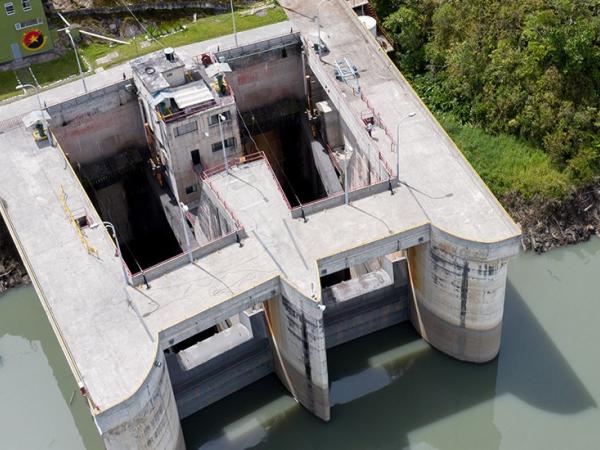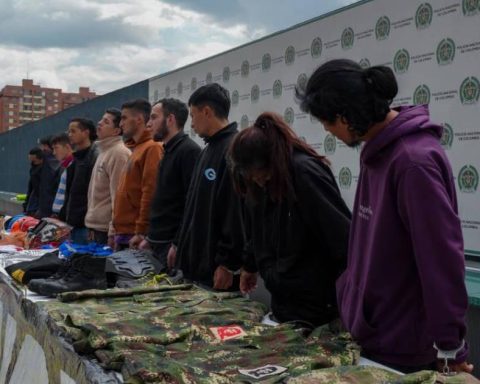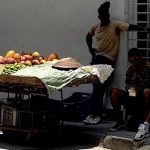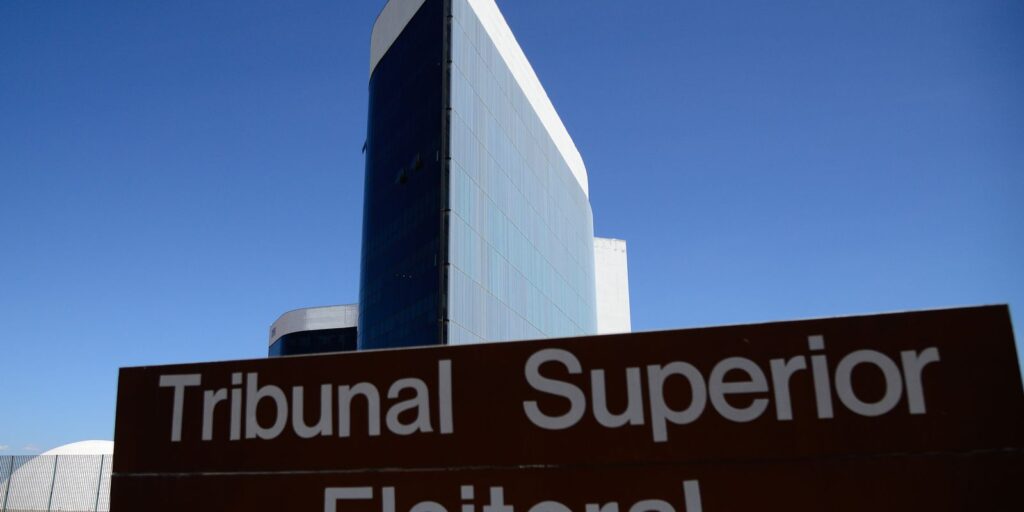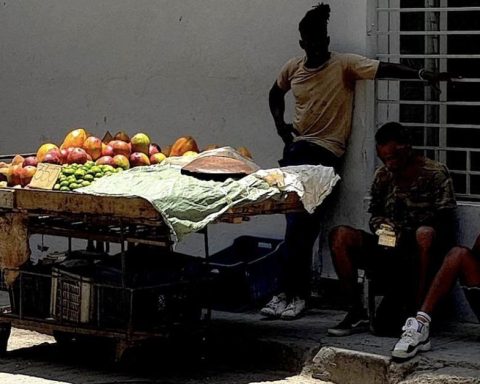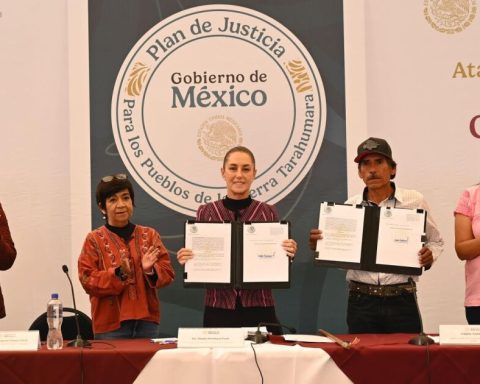The generation company reported that tomorrow, Wednesday, it will take two other units of the plant out of operation hydroelectric El Guavio al does not lead to agreements with the communities that have not allowed access to maintenance personnel.
(Read: Trouble in El Guavio: two units stopped and the price of energy would rise).
It should be remembered that the company had removed two units last week before the inability to do routine maintenance. Now he reported that this Tuesday unit 4 stopped operating and on Wednesday unit 2 will stop working.
This means that the plant would be operating at 20% of its installed capacity, which is 1,260 megawatts, which represents about 7% of the country’s matrix and mainly serves markets in the center of the country, including Bogotá.
“As of tomorrow we will have declared a total of five Guavio units unavailable (four major and one minor). With 1,005 MW outside the system, the largest hydroelectric plant in the country will generate energy with 255 MW of the 1,260 MW of its installed capacity”, said Eugenio Calderón, manager of electricity generation at Enel.
(Read: Isagen also presented measures to reduce energy prices).
The El Guavio hydroelectric plant.
private file
The company warned that this may jeopardize the reliability of the system (that is, its ability to continuously meet demand) and could increase energy costssince the energy that is not produced in this way must be replaced with thermal energy.
Why do the demonstrations continue?
Since August 15, the community has been blocked from entering through the roads to the plant located in San Pedro Jagua, in Cundinamarca. The demands of the community are due to the improvement of some roads that have not been done. These are runners who connect Palomas – Mambita – San Pedro de Jagua – Medina and Puente Guavio – Santa María, “whose maintenance is legally in charge of the Governments of Boyacá and Cundinamarca”.
The company assured that it is willing to collaborate with the requests of the community, improving the state of the roads, but “Understanding that the company is one more user of the same”.
(See: Bogotá Metro: this will be the commission that will monitor the works).
However, the community has not accepted the proposals presented by both the company and the public sector that is mediating the demonstrations in the region.
BRIEFCASE
